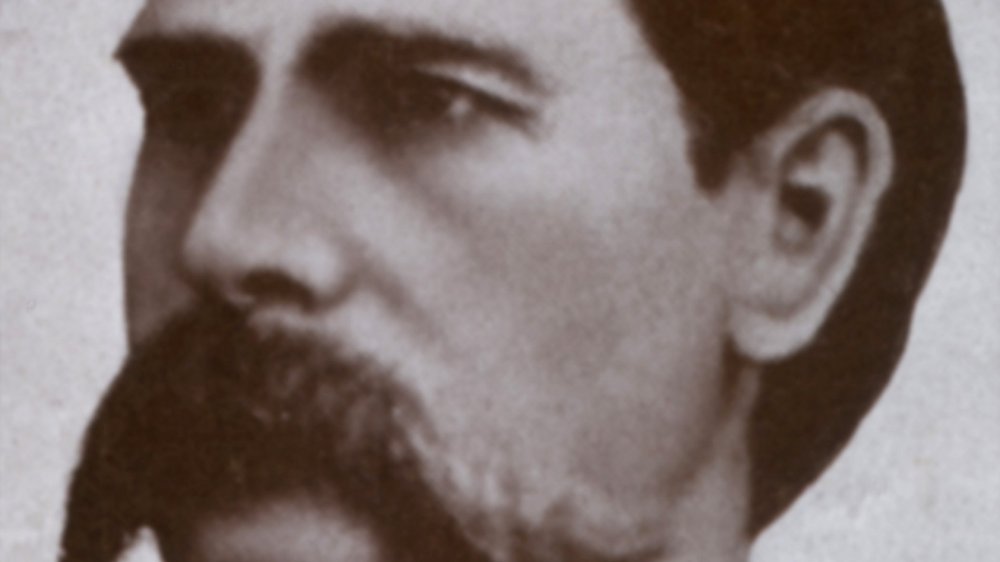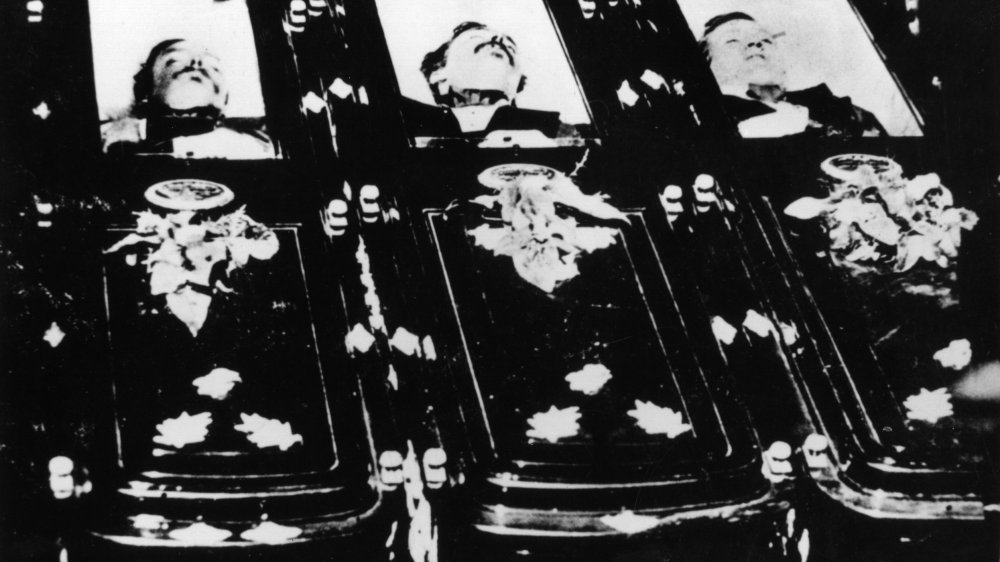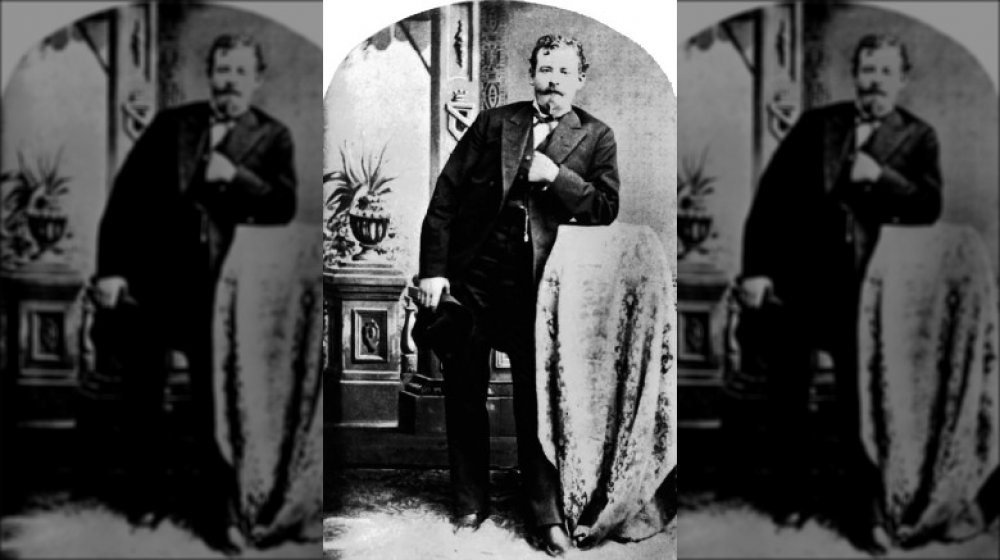The Story Behind Wyatt Earp's Murder Trial
There are lots of takes on what is commonly referred to as the Gunfight at the O.K. Corral in Tombstone, Arizona Territory, on October 26, 1881. Depending on who you believe, either three Earp brothers and their dentist friend Doc Holliday tried to restore order to an increasingly lawless boomtown, or three unarmed men were brutally murdered.
The gunfight actually took place at a vacant lot near the corral, rather than at the corral itself. Three Earps and one Holliday faced off against five cowboys: Billy Claiborne, brothers Ike and Billy Clanton, and brothers Tom and Frank McLaury. Ike Clanton and Claiborne fled as the shooting started. By most accounts, 30 shots were fired in 30 seconds. Billy Clanton and the McLaurys died. Morgan and Virgil Earp were seriously wounded; Holliday was grazed on the hip; Wyatt walked away unscathed, except perhaps psychologically.
Virgil was Tombstone's town marshal who deputized his brothers to help arrest the cowboys for carrying firearms within city limits. (According to Alan Barra's Inventing Wyatt Earp, it isn't actually clear that Virgil ever deputized Doc Holliday.) A drunken Ike Clanton had been threatening to kill any Earps he met and had been disarmed at least once in the hours before the main event. The bad blood had been coming to a boil for months.
Earps and a Holliday survived the O.K. Corral; Clanton and McLaurys, not so much
A coroner's inquest two days after the gunfight found that the Earps and Holliday had, indeed, shot and killed Claiborne and the McLaurys. (We will now pause while you say, "Well, duh.") The following day, Ike Clanton filed murder charges. Justice Wells Spicer (which you have to admit is a ripping good name for a Tombstone judge) began the preliminary hearing on October 31 to decide whether or not the Earps and Holliday would be bound over for a murder trial. According to the summary in Wyatt Earp Speaks!, edited by John Richard Stephens, the prosecutor only had to show probable cause. Wyatt and Doc were arrested and held without bail; Virgil and Morgan Earp were still recovering from their wounds. The prosecuting attorneys were hired and paid for by the outlaw faction around Tombstone. One of the prosecuting attorneys was another McLaury brother, who wrote to his law partner, "...I think we can hang them." And there was a good chance of that.
Ike Clanton was not a good witness
Wyatt testified that he drew his pistol (possibly a Buntline Special) when he saw Billy Clanton and Frank McLaury draw their weapons. "The first two shots were fired by Billy Clanton and myself ... I do not know which shot was fired first... The fight then became general."
The prosecution's chief witness, Ike Clanton, was less reliable. His testimony contradicted itself time after time and ultimately sank the prosecution's case. More importantly, the Earps and were acting in their official capacities as law enforcement officers, ruled Spicer on November 30. "I cannot resist the conclusion that the defendants were fully justified in committing these homicides — that it was a necessary act done in the discharge of an official duty..." Spicer was convinced that there was no chance a jury would find the Earps and Holliday guilty of anything more than carrying out their sworn duties. "[I]n the language of the statute: There being no sufficient cause to believe the within named Wyatt S. Earp and John H. Holliday guilty of the offense mentioned within. I order them to be released." Spicer was right about that; on December 16 a grand jury upheld his decision.


